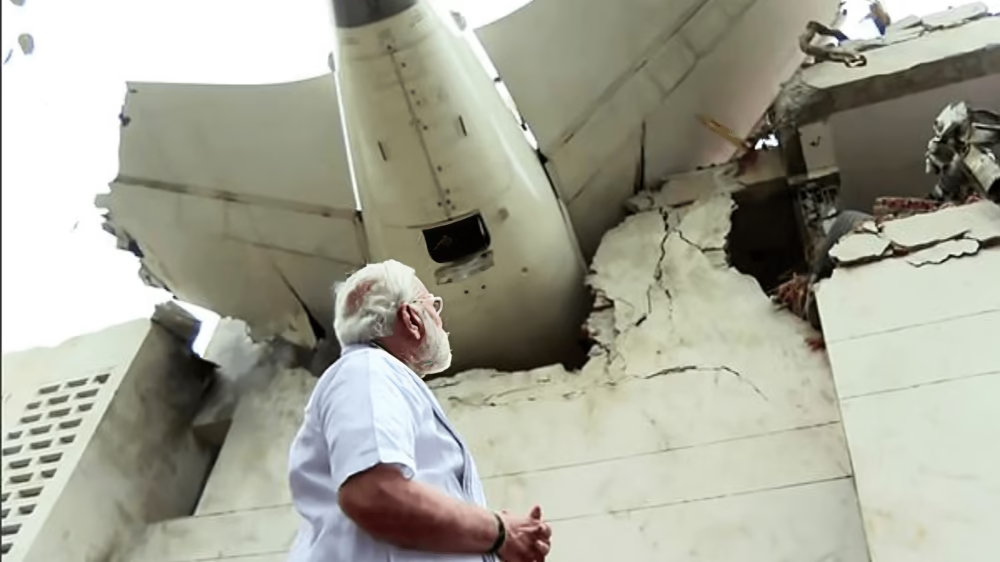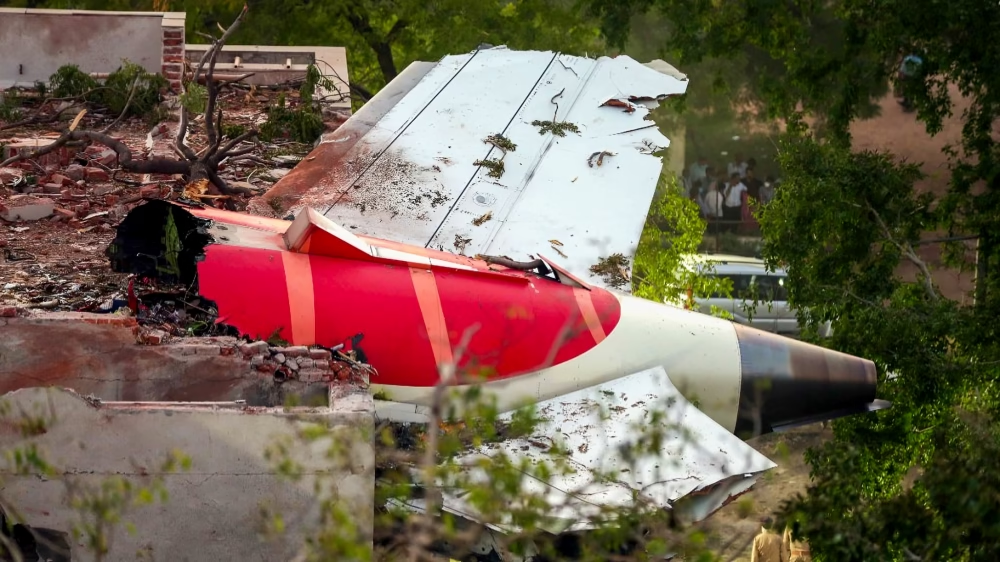The recent crash of an Air India Boeing 787 Dreamliner has left the aviation world shocked. Occurring shortly after takeoff from Ahmedabad airport, the incident raised several red flags regarding aircraft performance, pilot handling, and possible mechanical or configuration issues. With hundreds of lives affected and international investigations underway, experts have begun piecing together what might have caused the crash.
Table of Contents
What Experts Are Investigating
- Thrust Issues & Insufficient Takeoff Power
Aviation consultant Bob Mann notes the Boeing 787-8 didn’t gain adequate thrust—almost using the full 11,000‑ft runway before liftoff suggesting underpowered takeoff. - Wing Flap Misconfiguration
Analysts observed that flaps seemed partially or fully retracted at low altitude. Without proper flap deployment, lift drops dramatically. - Landing Gear Still Extended
The gear remained down after takeoff creating drag that hindered climb and lift. The gear should typically retract around 1,000. - Black Box & Maintenance Review
Investigators have recovered one flight data recorder. They are examining potential issues in Air India’s maintenance processes, as well as pilot operations.
Key Suspected Causes Behind the Air India 787 Crash
1. Insufficient Thrust During Takeoff
One of the most striking observations was the aircraft’s extended takeoff roll. Aviation analysts noted that the plane used almost the entire runway before lifting off, a sign that the engines may not have been generating enough thrust. According to aviation consultant Bob Mann, this might indicate a configuration issue, engine malfunction, or improper power setting during departure.
2. Flap Misconfiguration
Flaps are critical during takeoff to provide additional lift. Videos and eyewitness accounts suggest that the flaps were either not deployed properly or retracted too soon after takeoff. This could have drastically reduced lift, making the aircraft unable to climb as expected. If true, it’s a configuration failure that could point to either a cockpit error or a systems malfunction.
3. Landing Gear Left Down
The landing gear, which should typically retract within seconds of takeoff, appeared to remain deployed throughout the short flight. This created excessive drag, further reducing the climb rate and increasing the likelihood of a stall. When combined with improper flap settings and low thrust, the situation could become unrecoverable at low altitudes.
4. Aircraft Stall at Low Altitude
Reports state the aircraft barely reached 600 feet before it lost lift and crashed into a residential area. A stall caused by disrupted airflow over the wings due to inadequate speed or lift is extremely dangerous right after takeoff, where there’s no room for recovery.

4 Leading Theories Explained
| Theory | What It Involves | Why It Matters |
|---|---|---|
| Engine Thrust Misset or Stall | Engine failed to generate required power due to configuration or mechanical fault. | A stall or thrust drop shortly after takeoff is catastrophic at low altitude. |
| Early Flap Retraction | Flaps retracted prematurely or not extended enough for takeoff. | Loss of lift would lead to stall/stagnation just after liftoff . |
| Landing Gear Still Down | Gear remained extended, increasing drag. | Additional resistance slowed climb—possibly contributing to stall . |
| Combined Configuration Errors | Mix of wrong thrust, flap, and gear settings. | These issues often reinforce each other—demanding higher thrust and causing drag at low altitude. |
Why This Happened So Soon After Takeoff
- The 787 climbed just ~600–625 ft, then descended into a residential area.
- High drag (gears/flaps) and low thrust—without quick corrective action led to a stall at critical altitude.
- Experts agree all abnormalities surfaced nearly simultaneously, within seconds after liftoff.
What Are Investigators Looking At?
Black Box and Cockpit Voice Recorder
One of the flight data recorders (black boxes) has been recovered. It will provide critical insight into engine settings, flap positions, pilot commands, and airspeed. The cockpit voice recorder is still being searched for.
Maintenance Logs and Procedures
Authorities are reviewing Air India’s maintenance records. Did technicians overlook a system fault? Was there an open maintenance ticket that wasn’t addressed?
Pilot Training and Experience
Pilot actions and reactions in the moments after takeoff are under scrutiny. Investigators will assess whether proper takeoff procedures were followed and if the crew identified and attempted to correct the anomalies.



